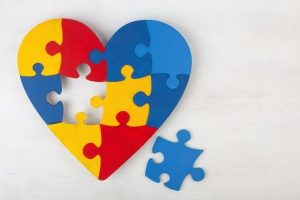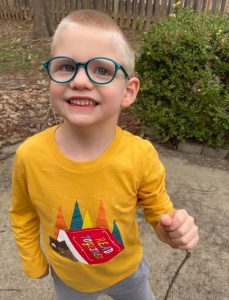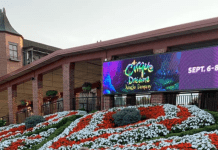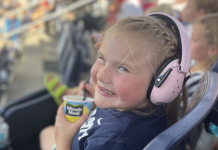When my son was diagnosed as being autistic two years ago, I thought I understood what that meant. I thought it meant communication delays, trouble with social interaction, sensory meltdowns, and more. I had puzzle pieces practically coming out my ears. My mind immediately went to therapies and “helping” him.
I was so, so wrong.
Somehow, my Instagram algorithm figured out the diagnosis and began showing me videos and content from adult autistics almost immediately. I watched. I listened. I learned. And my perspective completely shifted.
The first time I heard someone refer to themselves as “an autistic,” I cringed. For so long, I had been told to put the person first because they were more than a diagnosis. Then, I listened, and found out that autistic people see their autism as a fantastic, beautiful part of their identity and not a diagnosis. To them, saying “autistic person” validates that in the same way you would refer to someone as a gay man, Christian woman, or Italian person.
(Because the month of April should center on listening to autistic voices, and not mine as a neurotypical mom, let me refer you to this wonderful post on Identity-First Language written by an autistic adult.)
In those early days, the puzzle piece logo seemed to pop up everywhere, too. I’m sure you’ve seen it–bright primary colors, sometimes in a ribbon. Harmless enough, right?
Wrong.
 The more I listened to adult autistics, the more I came to loathe puzzle pieces slapping me in the face. Puzzles are incomplete, broken, and need to be put back together. Puzzles are childish. My son is none of those things.
The more I listened to adult autistics, the more I came to loathe puzzle pieces slapping me in the face. Puzzles are incomplete, broken, and need to be put back together. Puzzles are childish. My son is none of those things.
(Again, let me amplify an actual autistic voice here explaining why the puzzle piece needs to go.)
So, as we head into April, I encourage you to move past simple “autism awareness” into a world of “Autism Acceptance” and “Autistic Pride.” Support businesses owned by autistic people. Follow and amplify autistic voices on social media. Encourage hiring of autistic adults at your places of work. Challenge the autistic stereotypes in your head. Purchase and read books about neurodiversity to your children, both autistic and neurotypical.
 Having an autistic child has been one of the greatest joys of my life. He sees the world in a unique and beautiful way. I only hope that as he grows up, people will take the time to listen to what he has to say.
Having an autistic child has been one of the greatest joys of my life. He sees the world in a unique and beautiful way. I only hope that as he grows up, people will take the time to listen to what he has to say.
















